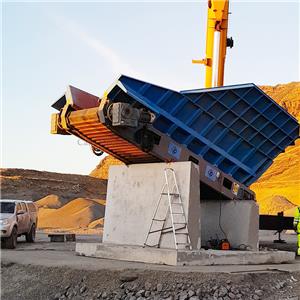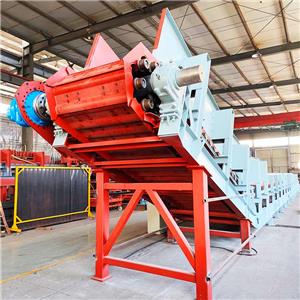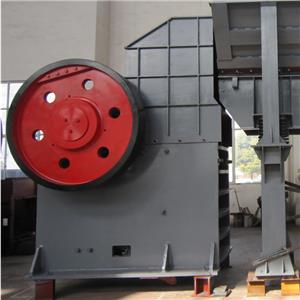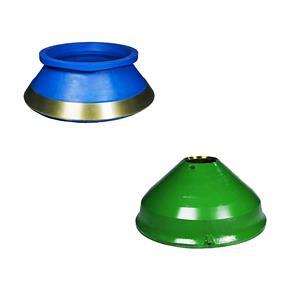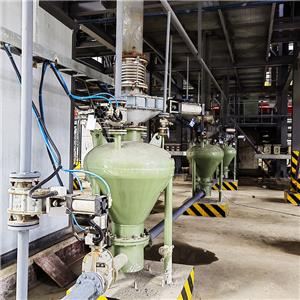-
1.Powder Pneumatic Conveying System Information Collection List
1.Conveying material: 2.Material specific gravity: g/cm3 3.Material particle size: mm 4.Horizontal conveying distance: m 5.Vertical conveying distance: m 6.Number of elbows: PCS 7.Material temperature: °C 8.Material moisture content: % 9.Conveyor type: continuous conveying or intermittent conveying? 10.Conveying capacity: tons/h (need to measure the weight accurately?) 11.Feeding method: manual feeding or silo feeding?Please describe your feeding requirements. 12.End of conveying system: hopper or silo? How many m3? Does it already exist, or will it be newly built? 13.Is there already a bag filter at the end of the conveying system? If so, what is its exhaust air volume m3/h? 14.Conveying system air source: Do you have air compressor? If so, what is its pressure Mpa? What is its flow rate m3/min? 15.Please describe the production process in detail so that we can design a pneumatic conveying system that best suits your plant's working conditions.
-
2.What are the reasons for the deviation of the belt conveyor?
Answer: The deviation of the belt conveyor is the most common problem during the use of the belt conveyor. The specific reasons are: (1) Rack tilt (2) The joints of the belt are not flat (3) The pressure of the rubber plates on both sides of the guide trough is not the same (4) Aging and deformation of belt (5) Uneven material of belt conveyor (6) Belt conveyor jitter
-
3.When the company needs to customize the belt conveyor, what parameters need to be provided?
Generally, the customized design of belt conveyor needs to provide: conveying material name, conveying material density, conveying material particle size, conveying output requirements, horizontal conveying distance, vertical conveying height, etc.
-
4.What matters should be paid attention to during the use of the crusher?
In order to ensure the use of the crusher, the following issues need to be paid attention to during use: 1. Iron removal, iron removal is an important measure to ensure the safe operation of crushing equipment 2. Before trial use, strictly check whether the installation of each part of the frame meets the requirements, check the direction of rotation, and it is strictly forbidden to crush flammable and explosive materials. 3. The crusher must be started without load, and the materials stored in the crusher must be checked and removed before starting 4. It is necessary to pay attention to inspection and lubrication during operation. When the rolling bearing is lack of oil, it will make a sound of "gululugulu"
-
5.How to choose a crusher?
The selection of the crusher is mainly determined according to the material to be crushed and the crushing process, which are mainly divided into the following categories: 1. Jaw crusher: often used for the first rough crushing of hard mines and rocks 2. Impact crusher: suitable for hard rock and brittle materials with a compressive strength of 350Mpa 3. Cone crusher: used for crushing operations with medium or fine crushing 4. Impact crusher: mainly used for sand making operations
-
6.What parameters need to be provided for the customized design of pneumatic conveying system?
Customized design of general pneumatic conveying needs to provide: 1. Name of conveying material 2. Density of conveying material 3. Particle size of conveying material 4. Output requirement 5. Horizontal conveying distance, vertical conveying height, etc.
-
7.What data need to be provided in the custom design of fabricated steel silo?
Customized design of general fabricated steel silo needs to provide: 1. Storage material name 2. Density of storage material 3. Storage material particle size 4. Storage capacity 5. Feeding method 6. Discharge method and size of discharge port 7. The height of the discharge port from the ground
-
8.How to select the vertical bucket elevator?
The vertical bucket elevator needs to be selected according to the type of material, conveying output, lifting height, etc. 1. For materials with large particles and strong abrasiveness, you can choose the NE series of plate chain elevators 2. For materials with small particles and strong abrasiveness, you can choose the plate chain elevator NSE series 3. For powder and small particle materials, you can choose the steel wire belt elevator TDG series
-
9.What should I do if the material is sticky, wet, easy to clump, and block the net when screening?
When the vibrating screen is in normal operation, due to the various characteristics of the material, the shape of the material will cause various forms of screen hole blockage. After analysis, the main reasons are as follows: 1. The size of a large amount of material is as big as the sieve hole; 2. The material has high moisture content; 3. Spherical particles or materials with multiple contact points block the network; 4. Static electricity will occur; 5. The material has fibrous components; 6. There are more flaky particles; 7. The wire diameter of the woven screen is too thick; 8. For thicker screens such as rubber screens, the hole shape design is unreasonable, and the holes have no taper, which causes the particles to get stuck.
-
10.How to judge whether the chain shackles are qualified?
1. Material compliance: Generally, alloy steel is selected for manufacturing. 2. Breaking force test results should meet the design requirements. 3. Surface hardness test should comply with the design requirements. 4. Assembly dimensions should conform to the design requirements. 5. Thread assembly should be free of abnormalities. Surface anti - corrosion treatment should be in place. 6. When conditions permit, try to choose chain shackles produced by forging process.
-
11.Pneumatic Conveying Systems Types
Q1: What are the main types? A: Three types: -Suction: Uses vacuum for dust-free multi-point intake. -Pressure: Pushes materials via compressed air for long-distance (up to 1km) transport. -Hybrid: Combines both for complex needs. Q2: How by material density? -Dilute-phase: Low solid-air ratio (<10:1), high-speed airflow. -Dense-phase: High ratio (up to 100:1), slug flow for abrasive materials, less wear. Q3: How to choose? A: Depends on material traits (size/density), pipeline length, throughput, and energy efficiency (dense-phase saves energy for short hauls). Q4: Blockage prevention? A: Maintain airspeed, use smooth pipes/bends, install pressure sensors.

